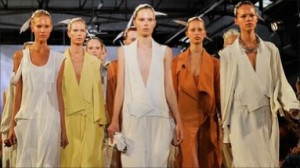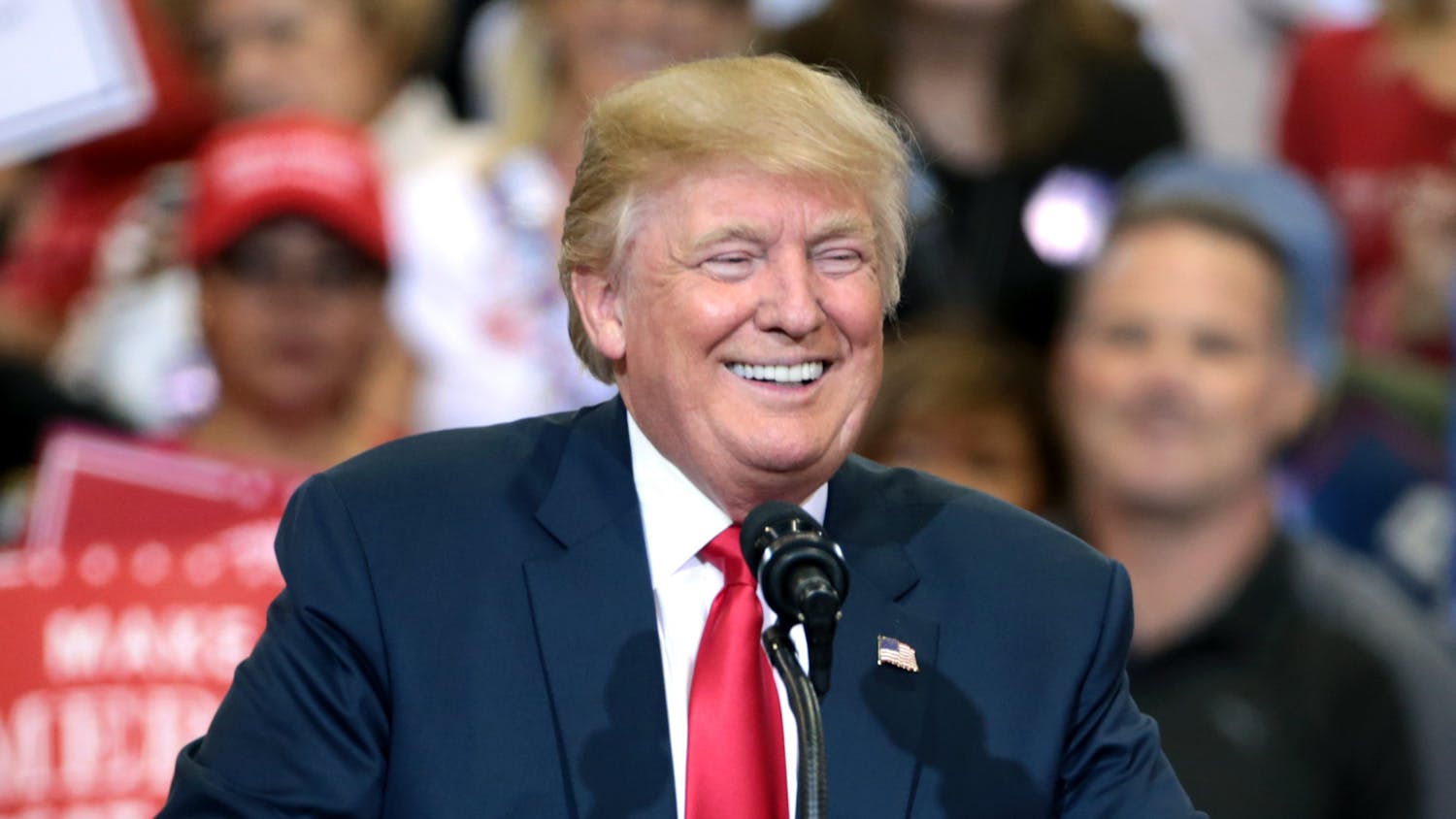
By Keesean Moore
Anna Wintour, editor-in-chief of American Vogue, has repeatedly criticized European magazine editors and retail buyers for their lack of support for emerging design voices and local young talent. And rightfully so — neglect in this context could be a form of censorship. It is almost impossible to discuss culture and the evolution of cultural identity without a critical eye on the political and social subtexts between the stitches and seams of Fashion (capital “F”). Hijab bans in France ring any bells? What about the more recent Morehouse College dress code controversy here in the United States?
With Fashion, themes of intersectionality are made most obvious; concepts of genders, race, class and sexuality are interwoven, deconstructed, produced and sold every six months. And although most turn deaf ears to the “trends,” there is no way to silence the messages that are transmitted before you open your mouth, by the very clothes on your back. Though the language is spoken by few, it’s gospel is universal.
In relation to American Fashion, little has been said about what impact new designers — primarily those supported by Wintour’s Council of Fashion Designers of America (CDFA) — will have on American identity in years to come. It is only a matter of time before Ralph Lauren’s hyper-masculine western and cavalier aesthetics, and Michael Kors’ class-conscious nouveau riche will no longer have any effect on future consumers. The references will become obsolete.
Could the new batch of American designers be fashioning a new identity as we speak? Judging by the spring 2011 collections in September there’s more evidence in favor of the visions of young designers. Specifically from Alexander Wang and his contemporaries who are taking to fashion with a new eye much like the Japanese revolution of the early ’80s (You can check out the retrospective “Japanese Fashion Now” on display at the Museum at the Fashion Institute of Technology until April 2011). Although Wang is often coupled with mass production (often called “fast-fashion”) instead of conceptual design he’s becoming the sartorial voice of the new distrusting American consumer.
Were not his models in ghostly whites and pastels like banshees forewarning the death of an old agency, an expired dream? Many of Wang’s looks were crafted from the patterns of old construction worker jumpsuits and pieced together with cellophane-thin silks. The juxtaposition seemed to be more of a parody than homage to American images of self-determination.
More and more traditional symbols of America are becoming anachronistic. To me (not to mention the rest of the increasingly desensitized generation) cowboys, indians, boot straps, death tolls, Rosie the Riveter, Uncle Sam, Uncle Tom, solidarity, eagles, the justice system and gleaming twilights all mean shit.
If we are constantly using intangible abstractions (race, fashion, gender, sexuality, etc) to construct the way we view the world, do young American designers (and young artists around the world) have more to offer than just “stuff”?






